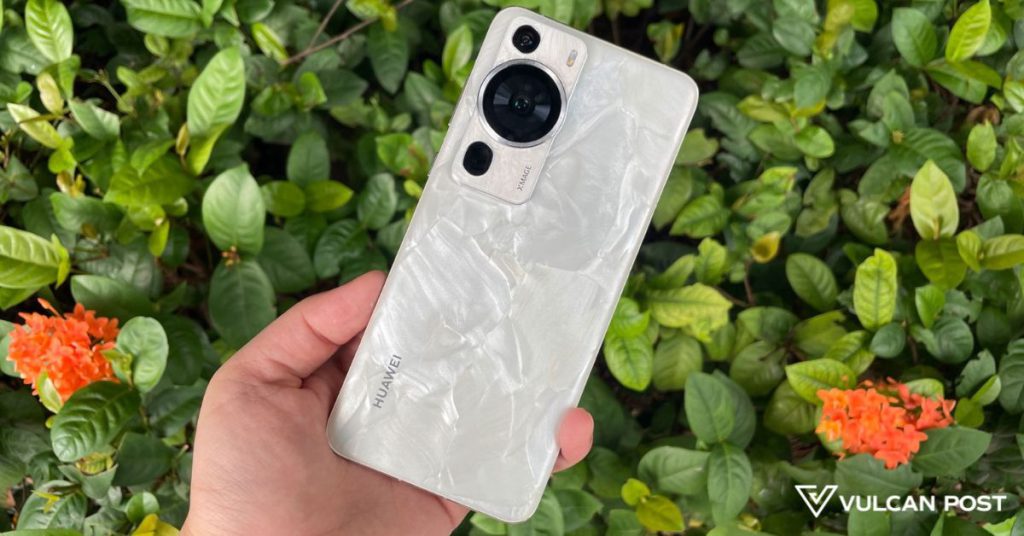Huawei’s P series makes a comeback with the new Huawei P60 Pro. At least, it’s slated to do so soon.
The flagship smartphone has yet to be released to the market, and we were given the opportunity to test out it out ahead of its launch. Here are our thoughts.
P for pearlescent
Featuring a marbled pearl design, the signature colourway for the Huawei P60 Pro is called the Rococo Pearl, and yes, it’s as fancy as it sounds.
In photos of the phone, there appears to be thin golden veins in the pearly white cover, but in reality, those accents are so thin that they’re pretty much imperceptible—at least on my version of the phone.
Supposedly, every single one of these phones ever made is unique.
While the Rococo Pearl is visually stunning, those who want a more low-profile phone can opt for a classic black, a pastel violet, or a deep forest green.
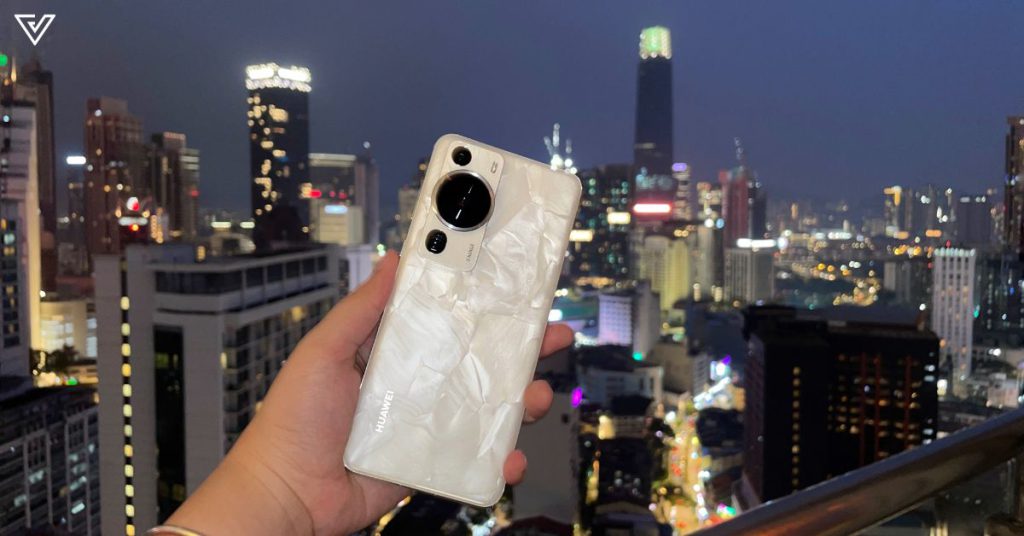
Those phones won’t have the same pearly finish, though. The black and the violet will feature anti-fingerprint feather-sand glass, while the green seems to just sport a polished glass back cover.
The P60 Pro’s display is 6.67 inches with a resolution of 2700×1220 pixels. It’s got a quad-curve display, which just means each edge of the screen is curved for better grip.
Of course, the phone is made with Kunlun Glass, which is said to have taken Huawei over four years to develop.
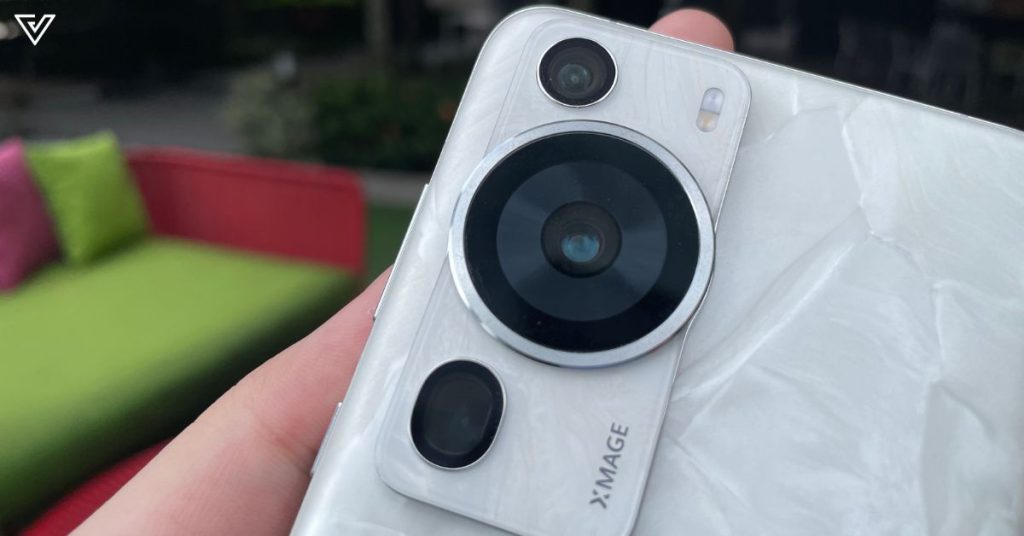
Also featured on the Huawei Mate 50 Pro (which we’ve reviewed), Kunlun Glass has been praised for its durability and has gone viral for being used to break walnuts. Perfect for butter fingers or people who don’t have a nutcracker at the ready.
P for photography
Not just a pretty face, the cameras on this phone are the real main attraction, just like in most phones in Huawei’s P series.
With a slogan of “Vision Enlightened”, the USP of this phone is its 48MP Ultra Lighting Xmage Camera and 48MP Ultra Lighting Telephoto Camera.
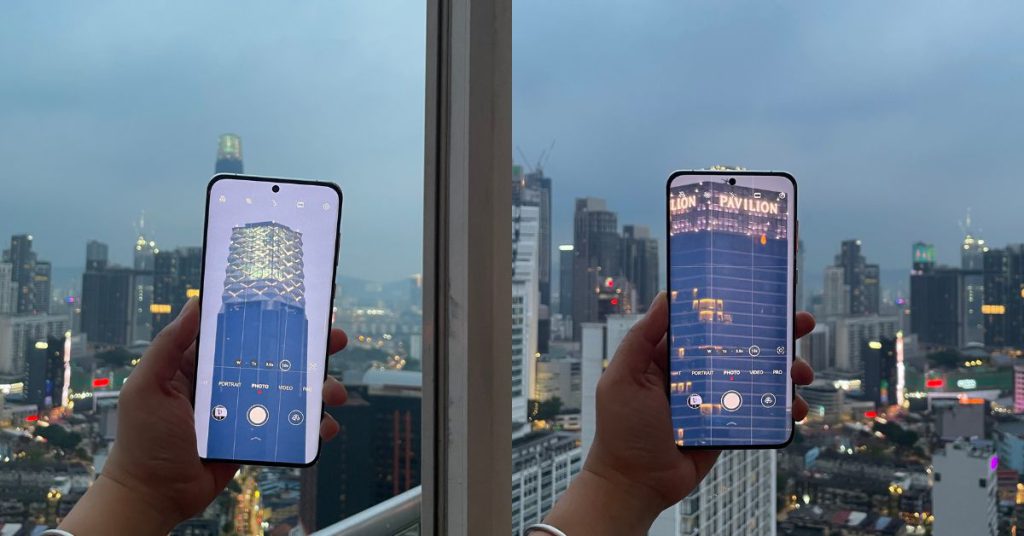
Touted by the team as the “world’s first ultra lighting camera”, Huawei claims the phone has 191% more light intake compared to an iPhone 14 Pro Max. This means the camera should be able to perform wonderfully in low light conditions, perfect for nighttime photography.
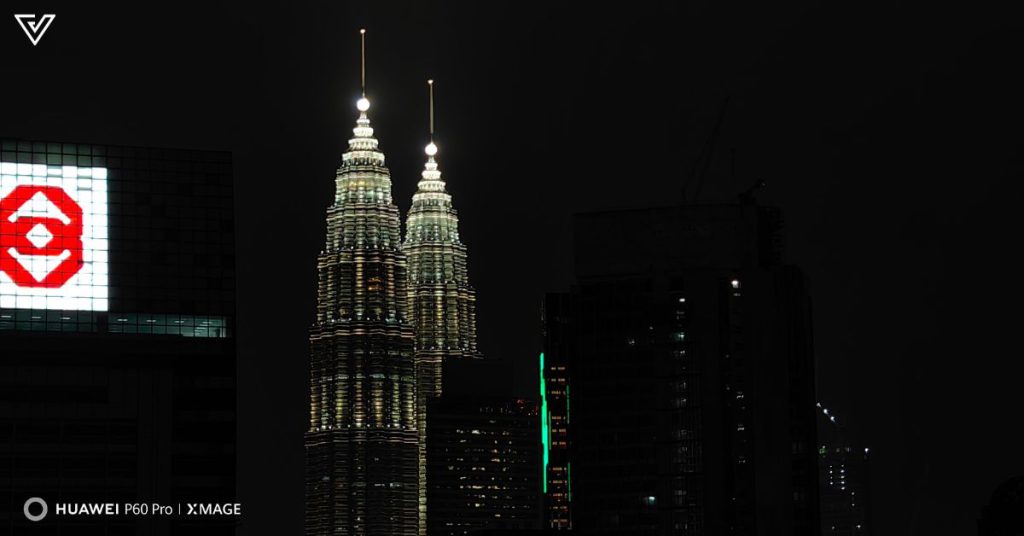
We were able to put this to the test during Huawei’s media preview at Cielo KL, snapping away photos of the KL nightscape with ease, from ultra-wide shots to photos taken with 10x zoom. Naturally, the camera also performed well in the daytime.
With that said, having previously experienced Huawei’s Mate 50 Pro, the Huawei P60 Pro’s camera didn’t feel like a huge step up.
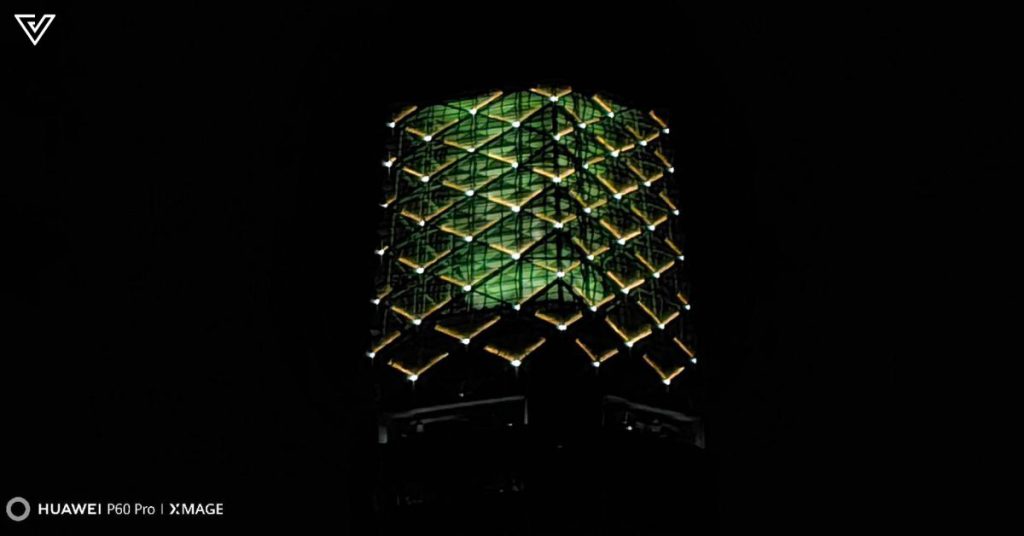
Night shots taken on the main camera night were great, but often not crisp when zoomed in. This is also true for its 48MP telephoto camera, especially when compared to the 64MP telephoto camera on the Huawei Mate 50 Pro.
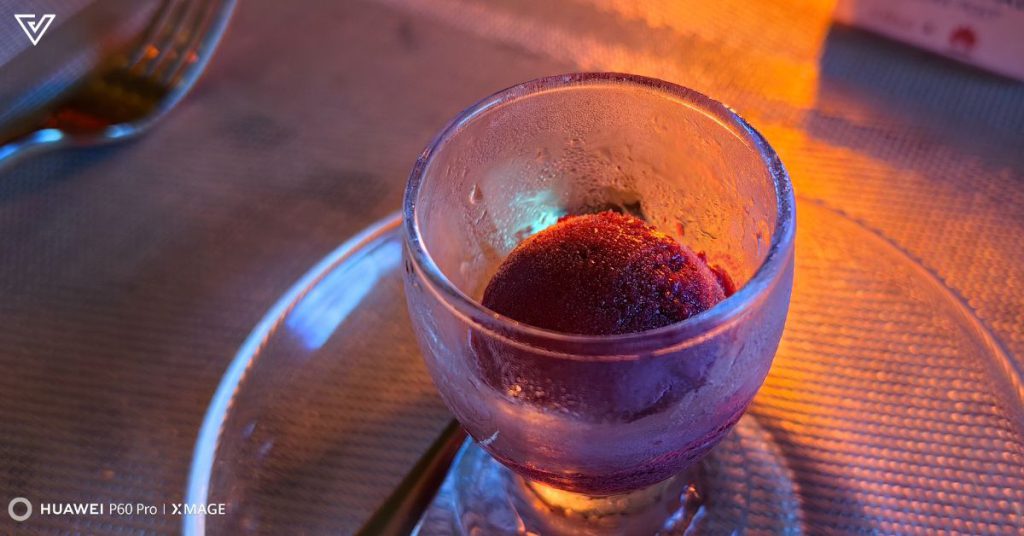
I would say that the ultra lighting feature can be best appreciated in situations where the foreground is dark, but the background is bright.
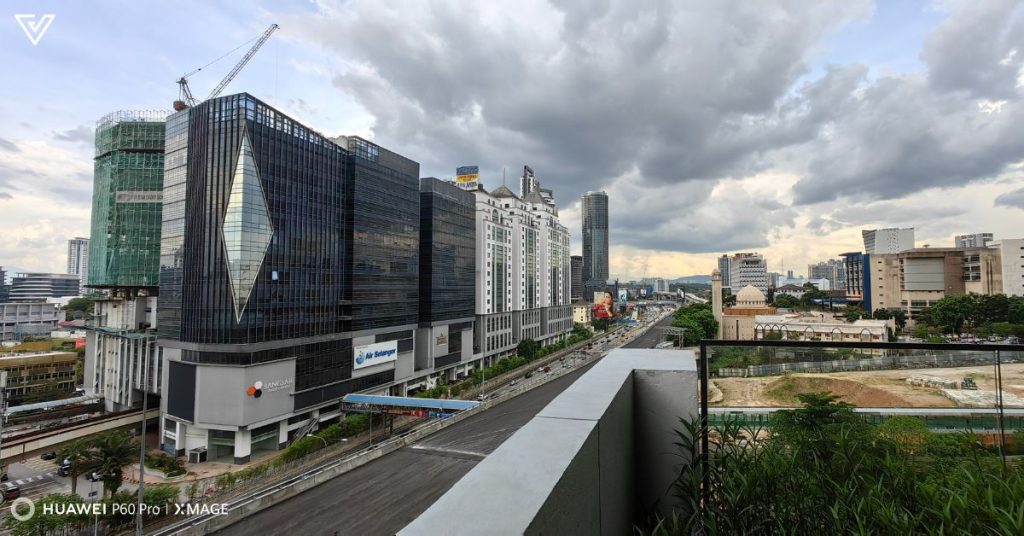
The main camera has an F1.4 to F4.0 auto-adjustable physical aperture. Just like in the Huawei Mate 50 Pro, you can choose physical or virtual aperture when taking photos in the Aperture mode.
I much prefer the physical aperture over the virtual one, and it lets me take better photos of subjects such as our office foster cat, Cocoa, as the virtual aperture often creates a very unnatural silhouette of him.
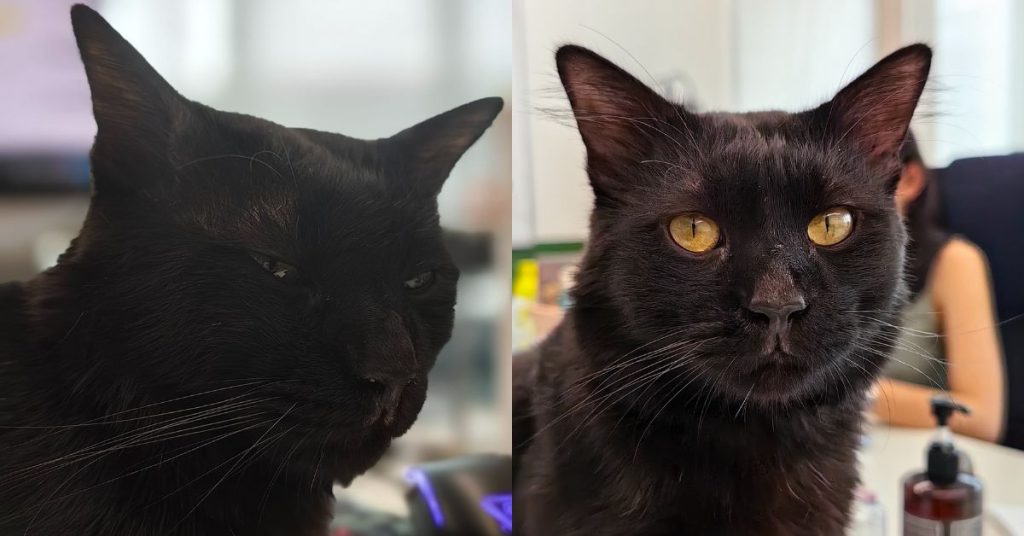
Another plus is that the Huawei P60 Pro supports up to 4K at 60fps video recordings for both its rear and front cameras.
P for powerful?
Looking under the hood, the phone is built with the Snapdragon 8+ Gen 1 4G Mobile Platform. Yep, it’s 2023, and still no 5G connectivity.
Other than that, the phone runs on Huawei’s own EMUI 13.1 operating system, and as usual, no Google services can be found.
The phone features an adaptive refresh rate that can go as low as 1Hz to 120Hz using LTPO (low-temperature Polycrystalline oxide) technology. This helps to reduce power consumption.
Speaking of power, the phone has a 4,815mAh battery and supports up to 88W wired SuperCharge, and 50W wireless SuperCharge.
According to Huawei, the phone can charge to 50% in 10 minutes. From our own testing, though, the phone only charged from empty to around 40% in 10 minutes, while charging to full in 40 minutes.
P for… price
Whether or not this phone is worth it is under question, as we still don’t know how much the Huawei P60 Pro will go for.
However, Huawei has shared that it’ll be hosting the P60 Pro’s launch on May 11, 2023, so prices will likely be revealed then.
During this launch, we’ll likely see other exciting devices from Huawei such as the Huawei Mate X3, Huawei WATCH Buds, Huawei WATCH Ultimate, and Huawei Freebuds 5—all of which we were also able to get a sneak peek of earlier this month.
- Learn more about the Huawei P60 Pro here.
- Read other articles we’ve written about Huawei here.



